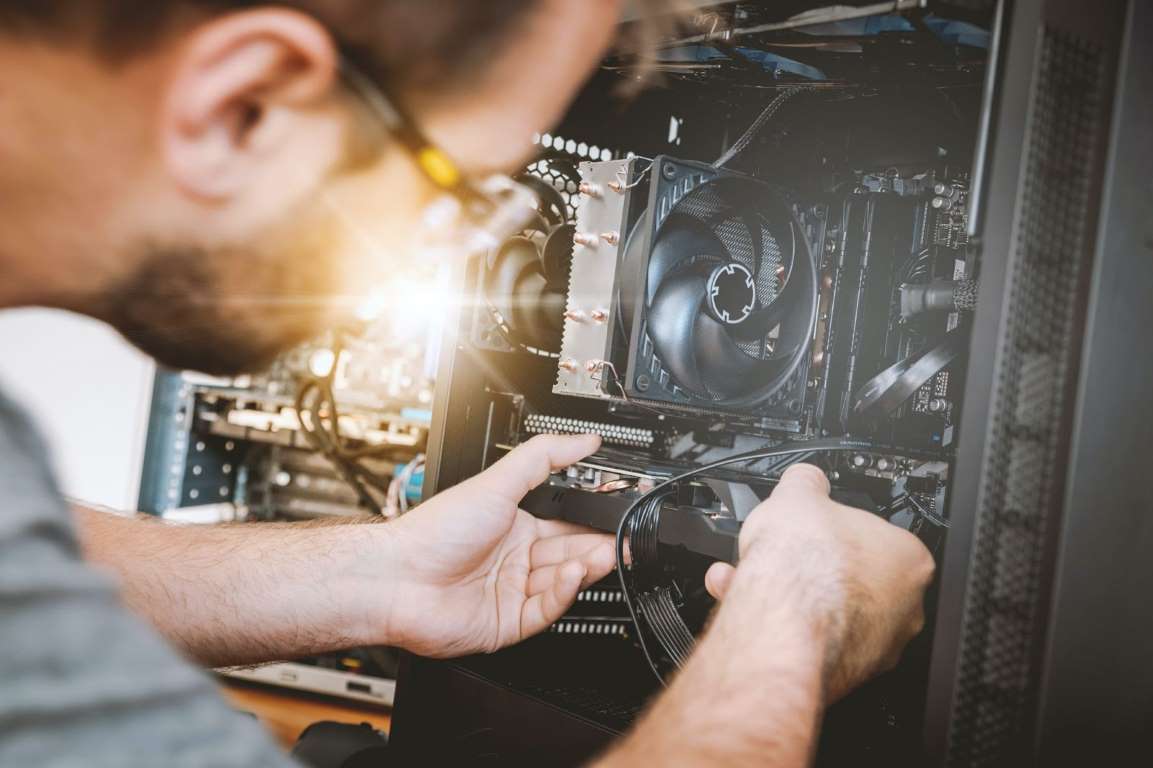As urban landscapes evolve and homes become more modern, installing home elevators has become increasingly popular. Whether it’s for convenience, luxury, or accessibility, homeowners in Sydney are considering elevators as a practical and stylish addition to their properties. But how do you go about choosing the best home elevator? With many factors to consider—ranging from space and budget to style and functionality—the process can be overwhelming.
This guide will walk you through the essential considerations to make when selecting the best home elevator in Sydney, ensuring you make an informed and confident decision.
1. Determine Your Needs and Objectives
The first and most important step in choosing a home elevator is understanding why you need it. Are you installing it to enhance the functionality of your home, accommodate the elderly or disabled, or simply add value to your property?
- Accessibility and Mobility: For families with elderly members or individuals with mobility challenges, a home elevator can be a lifesaver. If this is the primary goal, you’ll need to focus on accessibility features such as larger cabins for wheelchairs, low-threshold entryways, and easy-to-use controls.
- Convenience and Lifestyle: For some, home elevators are more of a lifestyle choice. If convenience or luxury is the goal, you might prioritize aesthetics, design, and advanced features, such as a smooth and silent ride, over accessibility.
- Property Value: If you are looking to boost the resale value of your home, opt for elevators that are energy-efficient, modern, and align with the architectural style of your home.
Identifying your primary objective will guide your choices and help you focus on what features matter most.
2. Consider the Available Space
Space availability is a crucial factor when selecting a home elevator. Sydney homes, especially those in urban areas, often face space constraints. While many modern elevators are designed to be space-efficient, the dimensions of the elevator shaft and cabin will depend on the layout of your home.
- Shaft vs. Shaftless Elevators: Shaft elevators require more space for installation and may involve structural alterations to the home. If your house has limited room, shaftless elevators, which are designed for compact spaces, can be a viable alternative.
- Retrofit vs. New Build: If you’re retrofitting an elevator into an existing home, the available space can be more limited than in a new build. Retrofit elevators are designed to fit into existing homes without extensive structural changes, making them a popular option for older properties in Sydney.
- Indoor vs. Outdoor Elevators: Some homes may benefit from outdoor elevators, which can save indoor space and offer easy accessibility from the exterior. These can be particularly useful in multi-story homes where adding a shaft indoors would be disruptive or costly.
Knowing how much space you can dedicate to the elevator system will help you choose the right design and placement.
3. Explore Different Elevator Types
There are several types of home elevators available, each with its own advantages and disadvantages. Let’s explore some of the most common types found in Sydney homes.
a) Hydraulic Elevators
Hydraulic elevators operate using a piston mechanism that pushes the elevator up and down. These elevators are generally quieter and smoother in operation but require a machine room for housing the hydraulic components.
- Pros: Smooth operation, capable of handling heavier loads, energy-efficient.
- Cons: Requires additional space for the machine room, regular maintenance is needed.
b) Traction Elevators
Traction elevators use a system of ropes and counterweights to move the cabin. They don’t require a machine room, making them more space-efficient, but they might be noisier than hydraulic options.
- Pros: No need for a machine room, suitable for multi-story homes, more energy-efficient than hydraulic elevators.
- Cons: Can be noisy, may require regular maintenance due to wear and tear of the cables.
c) Pneumatic Vacuum Elevators
Pneumatic elevators operate by using air pressure to move the cabin between floors. They are relatively new and modern, offering a sleek and futuristic design that works well for contemporary homes.
- Pros: Compact design, does not require a machine room or shaft, easy installation.
- Cons: Limited capacity, typically more expensive, may not be as smooth as hydraulic options.
d) Winding Drum Elevators
Winding drum elevators use a motorized drum to wind cables that move the elevator. They are usually cost-effective and ideal for smaller homes, but they can be quite noisy and may not offer the smoothest ride.
- Pros: Affordable, compact design, ideal for retrofitting.
- Cons: Noisier operation, may not be suitable for larger homes or frequent use.
4. Prioritize Safety Features
Safety should be a top concern when choosing any home elevator. Australia has strict safety regulations for home lifts, and it’s essential that the model you choose complies with these standards. Look for the following safety features:
- Emergency Stop and Alarm: The elevator should have a readily accessible stop button and an alarm system in case of malfunctions.
- Battery Backup: Ensure the elevator has a backup power system that allows it to operate during power outages.
- Automatic Doors: Automatic doors help reduce accidents, especially for elderly or disabled users.
- Overload Sensors: Sensors that detect when the elevator is overloaded can help prevent malfunctions and accidents.
- Safety Brake System: A reliable braking system is crucial for the elevator’s safe operation, especially in case of cable failure.
Ask your installer about the available safety features and ensure they meet Australian standards.
5. Evaluate Maintenance and Warranty Options
Home elevators, like any mechanical system, require regular maintenance to ensure smooth operation and longevity. Consider the following when evaluating elevator options:
- Maintenance Contracts: Opt for companies that offer ongoing maintenance packages, ensuring your elevator is checked regularly by certified professionals.
- Warranty: A good warranty is a sign of a reliable product. Look for manufacturers that offer extended warranties on both parts and labor.
- Service Availability: Ensure the company has a strong local presence in Sydney and can offer quick service or repairs if needed.
Understanding the long-term costs of maintenance and the available warranty options will give you peace of mind and prevent unexpected expenses down the road.
6. Factor in Aesthetics and Customization
Your home elevator should blend seamlessly into the design of your home. Many modern elevators offer a range of customization options, from the materials used for the cabin walls to the design of the control panel.
- Cabin Finishes: Choose from materials such as glass, stainless steel, wood, or aluminum to match your home’s interior.
- Lighting and Controls: You can opt for LED lighting, custom button panels, and touch screens to add a modern touch.
- Door Styles: From sliding doors to glass panel doors, you can choose a style that enhances your home’s aesthetic appeal.
Customization allows you to make the elevator a design feature, not just a functional one.
7. Consider Costs and Budget
Lastly, it’s essential to factor in the costs involved. The price of installing a home elevator in Sydney can vary greatly depending on the type of elevator, the complexity of the installation, and the level of customization.
- Installation Costs: This can vary from $30,000 to $100,000 or more, depending on the type and location of the elevator. Shaftless elevators or retrofits tend to be less expensive, while custom designs can increase the overall cost.
- Ongoing Costs: Don’t forget to consider ongoing maintenance, energy consumption, and repair costs when budgeting for your elevator.
- Grants and Rebates: Some government programs or rebates may be available for home accessibility upgrades, especially if you are installing the elevator to assist someone with a disability.
Always ensure the cost aligns with your budget and long-term plans.
Conclusion
Choosing the best home elevator for your Sydney home involves careful consideration of factors like space, safety, type, and budget. By understanding your specific needs and exploring your options, you can select an elevator that enhances your home’s functionality, style, and value for years to come. Make sure to consult with experienced professionals to ensure that your chosen elevator meets all safety standards and is installed correctly.





